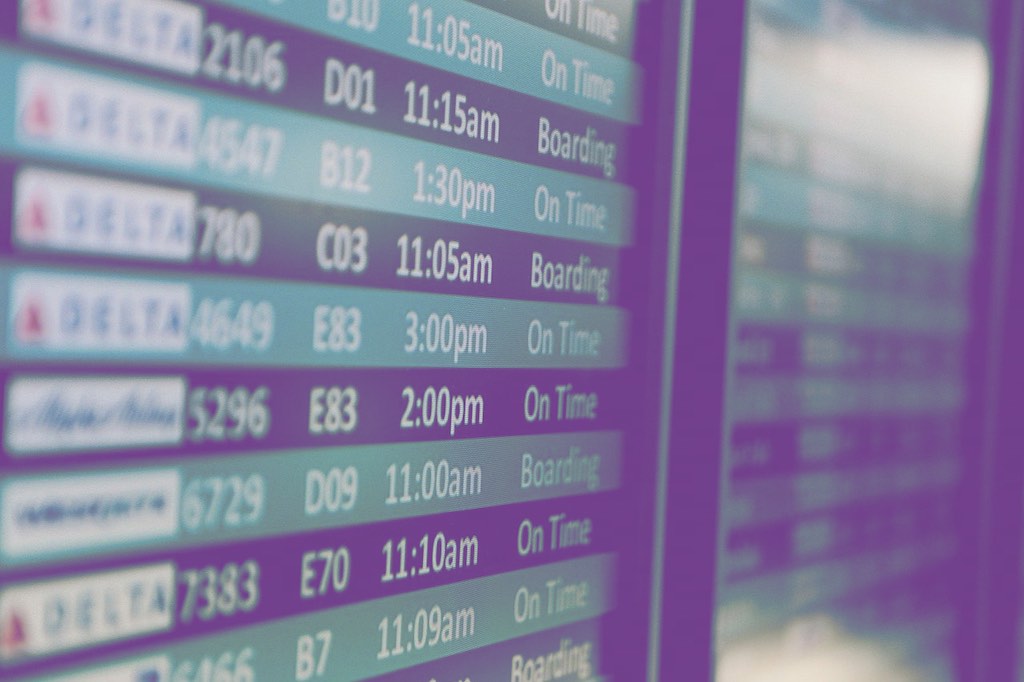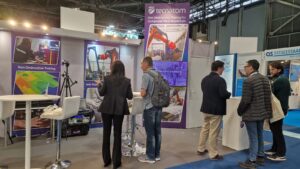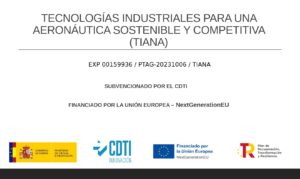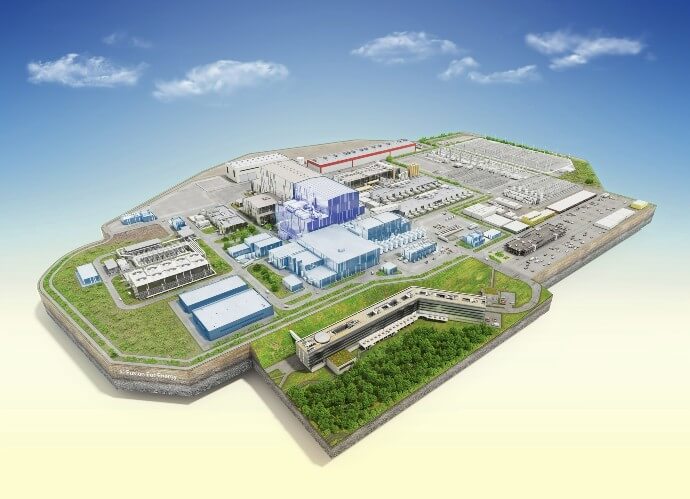In the electricity sector, which is the sector that most uses the term, blackout means a power-cut that essentially requires the complicated reestablishment of the system.
When this occurs in a critical infrastructure, such as an airport, which provides essential and vital services to our society, the objective of overcoming the blackout has to be a priority.
What are electrical systems like in an airport?
Unlike a car or truck, if a plane has a critical fault, it can’t just pull over to the side of the road and wait for help to come. It has to continue its journey to the destination, ensuring that all the passengers and crew land safely. In the airline industry, the number one priority, and that which everything and everyone are dependent on, is safety. Throughout the whole process, from the design, manufacture, training and certification of components, right up to their use and maintenance, air safety reliability is based on the correct use and coordination of the human and technical tools that are its driving force.
An airport has two main electrical systems:
- Airside system: The airside refers to the specific airline operation area. The airside system includes critical consumers such as the control tower, the visual support system (beacons), aerial navigation systems (landing support…), monitoring radars, communication systems, etc.
- Landside system: The landside is the system connected to the passenger terminal (climatization, lighting, power, etc.).
These services, due to the essential functions they carry out, must be powered by reliable sources. In normal conditions they would be powered from the electricity company, known as the primary source, but in the case of a power-cut, they are powered by units that start up as soon as the power cuts out. These are both continuous and battery powered units. If this is not enough, the secondary power sources are also redundant, meaning that they are duplicated in the case that one of them should fail.
They are safe and reliable pieces of equipment, however, inevitably, they do increase the complexity of the system use, requiring operators and maintenance staff responsible for their functioning to have a detailed knowledge of their operations and interactions. In the case of an error these individuals need to be ready to act quickly to detect the problem, isolate it and re-establish the electricity supply as fast as possible.
These systems mean that a blackout is unlikely to occur in an airport, but it is always a possibility.
Why do blackouts occur?
There are various causes that can provoke a blackout. Among these are the following:
- A fault in one of the components within the electrical supply, transport and distribution systems. This may include a short-circuit, overload, shortfall and/or obsolescence of the electrical transport or distribution system.
- Adverse climatic conditions such as storms, hurricanes, heatwaves, earthquakes, tsunamis, etc.
- Human error in the operation or maintenance of one of the systems.
- Excess demand that the distribution infrastructure is unable to cope with.
Any infrastructure is susceptible to blackouts, with them being more frequent at larger facilities with a lot of equipment, as there is an increased possibility of faults and human errors associated to their operations and maintenance.
Consequences of a blackout in an airport
The consequences on the landside are different, as a blackout would affect the climatization, lighting, access points, etc. This would cause disruptions for travellers and airport employees, but the main consequences would be merely economic, and image related.
On the other hand, the safety of airline operations must not be compromised in the case of an airside blackout. The consequences of this can be economic losses and image related, but more importantly they can also have a huge effect on passenger and personnel safety.
How do you avoid airport blackouts?
Undoubtedly, a good airport design based on the oversizing of facilities to avoid overloads, on automatization and on independent and redundant systems to guarantee that at least one system is always running, is fundamental, although it can be expensive.
A good preventative maintenance plan is also important along with the training of technical electrical maintenance personnel for this type of equipment to ensure the smooth running of the airport and the quick recovery of the power supply in the case of a blackout.
Training simulators for electrical systems
In order to provide training support to electrical maintenance personnel at airports, and to make the infrastructures of these installations more secure, Tecnatom has developed and provided electrical system training simulators of airport and aerial navigation installations.
These virtually replicate, with touchscreen control panels, all the buildings of an airport’s electrical installations, as well as their key components:
- High voltage boxes
- Electrical boards
- Control relays
- Remote-management systems
- Monitoring systems
- Replicate control rooms of the systems.
While these simulators all have varying objectives, the main objective is to provide technical operators with a detailed and real knowledge of the large electrical installations in the airports they work at.
A real-life operating system is not the ideal place to practice and learn as in many cases the risks involved can be too high from a safety point of view.
These simulation systems enable the required skills, experience and practice to be gained in a safe environment. Here people can progressively practice and learn all the operations required for reliable preventative maintenance, as well as corrective maintenance, in the case of a blackout to be able to repair the situation as quickly and effectively as possible.
These simulators also enable dual training for primary control room operators and electrical maintenance field personnel to improve the coordination of maintenance operations or incident response operations.
Lastly, but no less significantly, these simulators are also a powerful tool when it comes to project planning, as well as the production of operation and maintenance manuals and as a support tools for the design and verification of possible changes to be made to electrical installations.
Patricia Romero
Linkedin: Patricia Romero Martín







